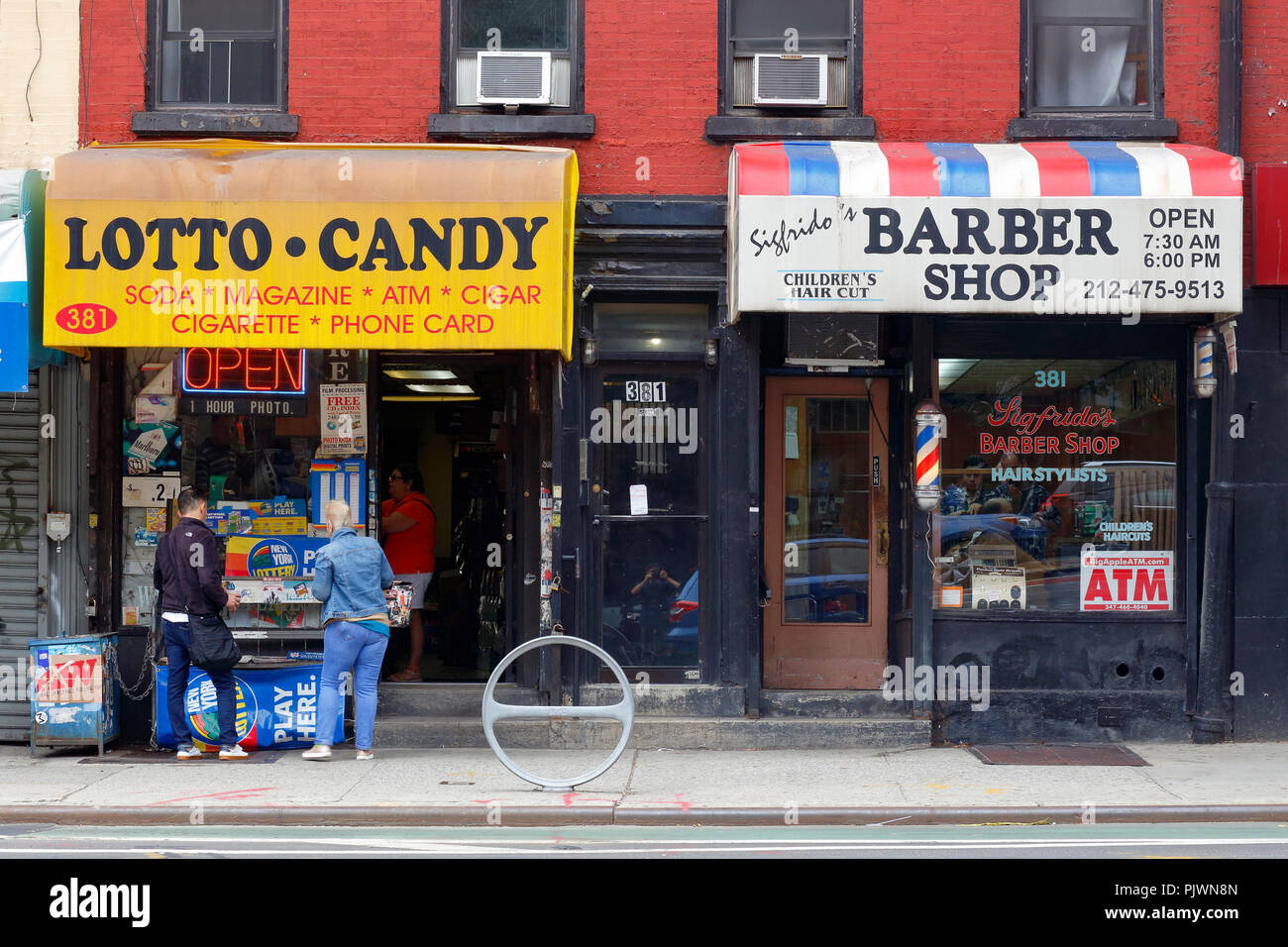Essential Hygiene Protocols Every Hairdresser Must Avoid to ensure Optimal Client Protection
Essential Hygiene Protocols Every Hairdresser Must Avoid to ensure Optimal Client Protection
Blog Article
Maintaining adequate hygiene remains crucial for any field that entails personal contact with customers, especially within the barber industry. Hairdressers play an important role in helping clients look and become their finest, but this duty entails with the necessity for rigorous hygiene protocols. In the interest of the safety of clients and stylists alike, there are several essential sanitary practices that should be avoided. Recognizing these measures can assist ensure a sanitary and safe setting in barbershops.
One of the common frequent sanitation mistakes barbers should avoid is the recycling of personal styling instruments without adequate sanitation. Tools such as scissors, clippers, and combs can harbor germs and pathogens if they are not sterilized after each use. Barbers should consistently sanitize their instruments with suitable cleaners or cloths between clients. Neglecting to do so could lead to the transmission of diseases, which can have grave consequences for customers. Creating a schedule for sanitizing and disinfecting instruments is not just a recommended practice; it is a vital part of upholding a safe operational setting.
Another practice to avoid is neglecting to wash hands regularly. Stylists interact with various clients in a single-day day, and their skin can easily accumulate germs and viruses. It is crucial for stylists to check over here wash their skin thoroughly with soap and liquid before and after every customer. Additionally, using hand sanitizer can be an efficient method to further reduce the transmission of germs. Skipping this step try this out can endanger customer safety and may lead in diseases or ailments that could have been easily avoided.
Adequate cleanliness of the barber shop environment is also critical. Stylists should avoid ignoring surfaces that are frequently touched, such as seats, work surfaces, and waiting area chairs. These areas should be disinfected and sanitized regularly to reduce the likelihood of cross-contamination. Creating a disinfection schedule can help barbers copyright a sanitary setting. This practice not only protects customers but also improves the general atmosphere, allowing clients feel more comfortable and valued.
Moreover, stylists should refrain from utilizing items that have not been stored or handled correctly. Cosmetic products such as styling gels, sprays, and oils can turn contaminated if they are kept open or improperly stored. It is crucial for stylists to check use-by dates and to store products in a cool, arid environment. Discarding any expired or suspicious products is essential to guarantee customer safety. Utilizing tainted items can cause to dermal reactions or hypersensitivity reactions, which can damage a stylist's reputation and harm clients.
To conclude, barbers have a responsibility to maintain high standards of hygiene to ensure the safety and well-being of their clients. By avoiding the recycling of unsterilized tools, overlooking hand hygiene, ignoring surrounding cleanliness, and utilizing inappropriately stored items, barbers can create a safe and welcoming environment. Understanding and applying these essential hygiene practices not only protects customers from infections but also builds confidence and loyalty. A sanitary barbershop is a thriving barbershop, in which both barbers and customers can experience confident and secure.